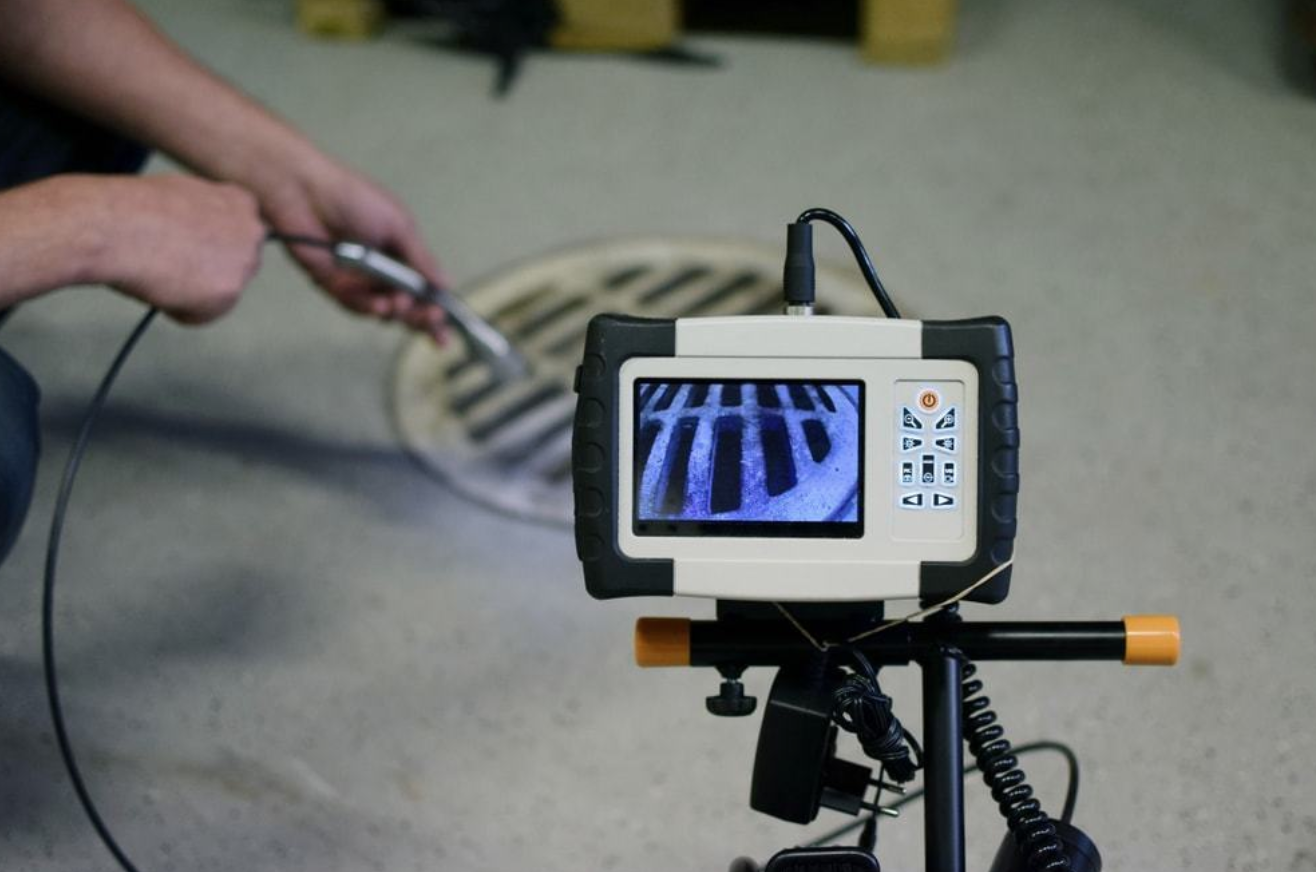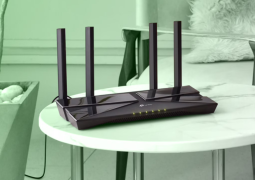Know About Few Different Borescopes Available
by 20/07/2020 23:460

Nowadays, there are many different applications of borescope particularly in the education field and civil engineering, where professionals and mechanics make use of this technology almost every day.
Also, borescope of different types is used for diagnosis of medicine, which is intended for observing internal functioning of our body and that are called as endoscopy.
In such visual inspections, if physical spaces are present for carrying out any inspection, it will be necessary to use these instruments, which are small in size for accessing through cavities, and that often allow a turn too.
By going with the recent statistics, in the USA, natural gas is considered to be the second most consumed source of energy. While converting natural gas to mechanical energy, all power plants will incorporate gas turbines.
In power-generating technologies, use of the gas turbines has been widely accepted. Due to ever-increasing requirements for energy applications, all gas turbines will need scheduled maintenance.
In order to ensure working of gas turbines at optimum level, regular inspection is needed. Following are few factors that can affect the maintenance of your gas turbine:
- Base load
- Trips
- Peak load
- Types of fuels
Since components of gas turbine usually operate under very high temperatures and therefore it is necessary to utilize less intrusive method for inspection of gas turbine.
USA Borescopes inspection of gas turbine will allow inspectors to inspect even the tiniest details without turbine components dismantling. In this article, we shall discuss briefly about few different borescope’s types.
1. Rigid borescope
Usually, rigid borescopes are considered for non-flexible type, which is often used for the inspection of gas turbines.
Most of the rigid borescopes use optical devices and due to that reason, it will allow inspectors to get access of remote areas of any object. Usually, such borescope will have certain hollow tube, light source, eyepiece and relay lenses.
These rigid borescopes are quite popular among the manufacturers as they have got high-quality imaging. Usually their designs are much simpler and utilize lens system for relaying the image from its objective to relay lens.
Every depiction can be easily viewed through eyepiece or any other connected lens to an adapter.
Due to their very straightforward design, such rigid borescopes are quite easy to use. Most of the professional inspectors generally use this special borescope for identifying imperfections like cracks.
While conducting any borescope inspection services for any straight pipes and the engine cylinders, generally inspectors will prefer to use such rigid borescope.
2. Flexible borescope
In comparison to rigid borescopes, flexible borescopes are normally more versatile. During the inspection of gas turbine, flexible borescopes can be used for examining curvy pipes, vents and ducts.
Flexible borescopes generally use optic fibre, rather than normal lenses, for transmitting an image to eyepiece.
With the application of fibre optics, your tube will be more flexible, versatile, as well as economical. During borescope inspection, if both rigidity and flexibility are needed, the inspector will be able to use adjustable unit.
Any gas turbine inspector will be able to access both straight as well as curvy lines by using such flexible borescope.
As compared to any traditional models, such flexible borescopes will cover distant areas with greater depths with more detail and accuracy.
Because of their flexibility, usually they have high amount of movement because they can be easily tilted and bent.
3. Fiberscope
Any fiberscope will utilize optical fibre for transmitting an image from end of flexible tube to viewer’s eyepiece. Fibre optic technology will facilitate for inspection of flexible gas turbine.
It can also be bend into areas which are inaccessible by using rigid borescope.
Usually fiberscope consists of the following:
- Insertion
- Control section
Its insertion section will consist of flexible tube having optical fibre. Besides that, control section has light source that is connected to light guide.
All the images displayed by fiberscope are very unique where each fibre can relay only single colour or similar colours. For any night vision type camera image, the transmitted image can be of comparable quality.
4. Video borescope
Video borescopes will resemble in both appearance as well as in operation with fiberscopes. A videoscope actually is an advanced type of borescope which uses image sensors for relaying images to operator.
It also has CCD (charged coupled device) located at tip of borescope.
The CCD will relay the image electronically by means of flexible scope to CCU (camera control unit). Videoscopes have really made it suitable for inspectors for storing all borescope inspection report to be used as future reference.
Viewing angle of videoscope and also, field of view can be specified in degrees. Videoscopes are typically used for inspecting crevices of turbines, buildings, pipes, pumps, and valves.
Irrespective of the borescope type used during the inspection of gas turbine, viewers will get real-time view of all the vital inspection areas. Consider quality of device and also its application before settling for borescope.
You will need right borescope for identifying faulty parts. While buying borescope, you must seek advice from any local inspector of local turbine.
5. Semirigid borescope
These semirigid borescopes usually combine elements of any rigid borescopes and flexible borescopes.
Normally, they are small and less than 1 mm in diameter and apply beam of optical fibre for the image transmission housed in rigid thin cover, which are not designed for tilting by more than 20°.
Usually, they represent as one step forward to rigid borescopes, because of their flexibility and can be better choice when it will be considered for confined spaces which do not offer sufficient space for articulation.
Few of them are classified as fiberscopes and have usually semi-rigid forms having little articulation.
Differences between a rigid and flexible type of borescope
Any rigid borescopes will be ideal for such applications where access will be needed only in straight line up for inspection objective, hence they are not bent, unless some design changes incorporated in personalized way.
For rigid borescopes, quality of image is better as compared to flexible fibre optic borescopes. Rigid borescopes are used mainly in applications which have straight corridor to observation point. Flexible borescopes can easily access cavities which are around curve.
Flexible borescopes are little more expensive, more fragile and also more difficult in handling than rigid borescopes.



